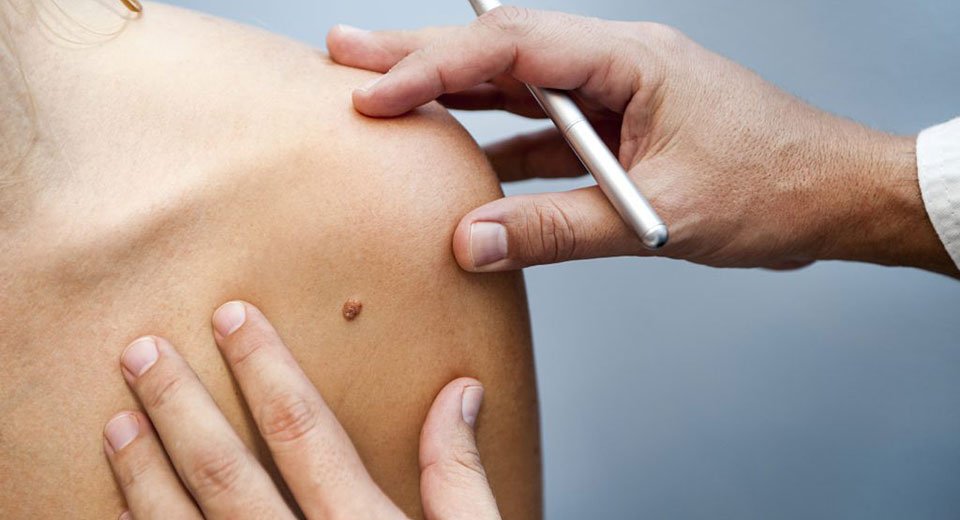There’s melanoma danger in our fun in the sun
Whether you spend the day at the beach or go fishing, boating or stand up and paddle, they all can expose you to a dangerous amount of ultraviolet radiation. To stay healthy, it’s important to know how to protect yourself.
“We have 13 counties in the state of Massachusetts and the highest rates of melanoma are Barnstable County, Nantucket and Dukes, which is Martha’s Vineyard,” said Peter Hopewood, MD, from Cape Cod Surgeons in Falmouth. Dr. Hopewood’s specialty is cancer care and he works with the American Cancer Society doing outreach.
Of the three different types of skin cancer: melanoma, basal cell and squamous cell, melanoma is the worst one, explained Dr. Hopewood. “A melanoma the size of an eraser head will kill you if it’s aggressive enough,” he said.
With melanoma, early recognition offers the best chance of recovery. It’s important for everyone to pay attention to their skin and to any moles or lesions that look suspicious, he said.
Dr. Hopewood advises using the ABCDE method of detection of melanoma:
- A is for asymmetry: Does half or more of a mole looks different from the other half?
- B is for border irregularity: The mole is an unusual shape or raised as opposed to a circle or oval. The mole has uneven or blurred edges.
- C is for color changes: Most normal benign moles are brown. Moles that are speckled gray, black or blue should be examined by a doctor.
- D is for diameter: The diameter of the mole shouldn’t be larger than the eraser head on a pencil.
- E is for evolution: If the mole is changing, getting bigger, or spreading, it’s not normal.
“Basal cell is the least aggressive skin cancer,” Dr. Hopewood said. “It presents as a mole that’s sometimes crusty. It pretty much stays locally. It can slowly get larger but it doesn’t travel throughout your body. Then the squamous cell is usually a little bit bigger and more nodular and occasionally they can spread to lymph nodes.”
All types of skin cancer need to be treated as soon as possible. Basal cell and squamous cell cancer can often be treated with a topical chemical or cryosurgery. But the easiest thing to do is prevent it in the first place.
“It’s much easier to prevent skin cancer than it is to treat it,” Dr. Hopewood said. “This doesn’t mean that you can’t go to the beach. It just means that you go when it’s safer.”
He offers the following tips to protect yourself from skin cancer:
- Always wear sunscreen with an SPF of at least 15. Apply it one hour before sun exposure to let it absorb and reapply every two hours or after swimming – even if the sunscreen is waterproof.
- Check the UV Index before going outside. The UV Index has a scale from zero to eleven plus. The higher the number, the greater the danger.
- If the UV index is high, wear clothing that provides additional protection to your arms, shoulders and neck and a wide brimmed hat to protect your scalp and face.
- Wear wrap-around sunglasses with at least 99 percent UV absorption to prevent cataracts.
- Seek shade under a beach tent or umbrella when on the beach.
- Even with sunscreen, skin can be damaged with overexposure to the sun during the hottest part of the day. Avoid being in the sun between the hours of 10 a.m. and 4 p.m. when the UV index is high.
